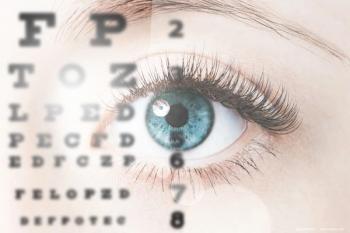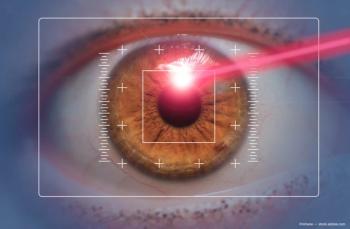
Most patients support AI in health care if it means more time with doctors
Key Takeaways
- Patients show discomfort with AI in diagnosis, but support its use for documentation to enhance doctor-patient interaction.
- AI is more accepted for administrative tasks, such as scheduling and prescription refills, by patients.
Patients express mixed feelings about AI in health care, favoring its use for documentation and administrative tasks while demanding transparency and safety standards.
ModMed conducted a new survey on 2000 US patients on their comfort with artificial intelligence (AI) use in medical practices.
Survey results showed that patients still feel uneasy about AI use in diagnosis or creating a treatment plan, with 55% of respondents saying they were uncomfortable. According to ModMed, this is a shift from a survey in 2023 by Pew Research Center, whose findings showed that 60% of patients were uncomfortable with their health care provider relying on AI.
However, over half of patients surveyed (57%) support AI in the exam room for documentation if it means more face time with the doctor. Three in four patients said they spend less than 15 minutes with their physician in the exam room, and almost a third noted that doctors spend 7 to 12 of those minutes focused on documentation.
Patients are much more comfortable with AI use behind the scenes as well, the results showed. For administrative tasks, respondents said they approve of AI use in scheduling and reminders (35%), patient check-in (31%), or assisting with prescription refills (42%).
Additionally, most patients said they would want strong guardrails around the use of AI in health care, with 83% saying AI used for diagnosis and treatment should meet safety and accuracy standards. Additionally, 72% believe it is important to know the source of training data for an AI model.
In addition to the protections, the majority of patients also want to know when AI is being used in the first place, with 81% noting the desire to be told if their doctor's office is using AI at all. Over half (55%) also wish to be notified if AI is helping with diagnosis or treatment. Almost half (46%) want to be notified if AI is used in follow-ups such as lab results, and 40% would prefer to hear about AI usage directly from their doctor or care team. However, 31% of patients would prefer to just sign a consent form, and 27% would rather review information on their doctor’s website.
Regarding finance, one-third (34%) of patients are uncomfortable with AI having access to their credit card information. However, over half (57%) supported AI use for speeding up claims processing.
Dan Cane, cofounder and co-CEO of ModMed, commented on the survey in a company press release, saying, "For too long, technology has put screens and paperwork between doctors and their patients. Our vision is to remove those barriers. This lets doctors and providers focus on patients, knowing intelligent systems work quietly in the background, anticipating needs and streamlining processes. We believe this is the best way to truly unlock AI's potential in health care."
Talker Research distributed the survey to US patients over the age of 18 who have been seen by a doctor within the past year. A total of 2000 responses were collected between December 2 and 6, 2024. The survey was commissioned by ModMed and conducted online.
Reference
Patients want doctors, not data entry: ModMed finds nearly 60% support use of AI if it means more face time. Press release. ModMed. June 24, 2025. Accessed June 30, 2025. https://www.businesswire.com/news/home/20250624882329/en/Patients-Want-Doctors-Not-Data-Entry-ModMed-Finds-Nearly-60-Support-Use-of-AI-if-it-Means-More-Face-Time
Newsletter
Don’t miss out—get Ophthalmology Times updates on the latest clinical advancements and expert interviews, straight to your inbox.















































.png)


